I am currently reading through PC Sen's Principles of Electric Machines and Power Electronics (3e), and I continue to be confused by the tacit convention that the minus sign in Faraday's Law (and ultimately in the so-called "flux rule" derived therefrom) is omitted. For instance, consider the derivation of hysteresis losses (due to the rotation of magnetic domains in the iron) that he provides, as seen in the first two attached pictures below. Given how the polarity of e and i are defined in the second picture, I would have imagined that e should be negative when i is increasing. The only potential explanation I have is that the e of (1.26) is in fact an e due to a source that is driving the current, and we argue that it must be equal and opposite to the back emf induced by the changing flux (and thus changing current). But why is this so, if indeed I am right? Certainly the author does not mention this crucial detail.
Things are made more confusing when I go to another book. For example, in Analysis of Electric Machinery and Drive Systems by Krause et al., one finds the two pages attached in the last two pictures. Here, once again, there is no minus sign in front of the \$d\lambda/dt\$ term of equation (1.2-3), as would be expected given how polarities are defined for both voltages and fluxes.
What am I missing in both cases? Sorry for the wall of text, but I don't know how else to provide the requisite background for someone who's going to answer.





